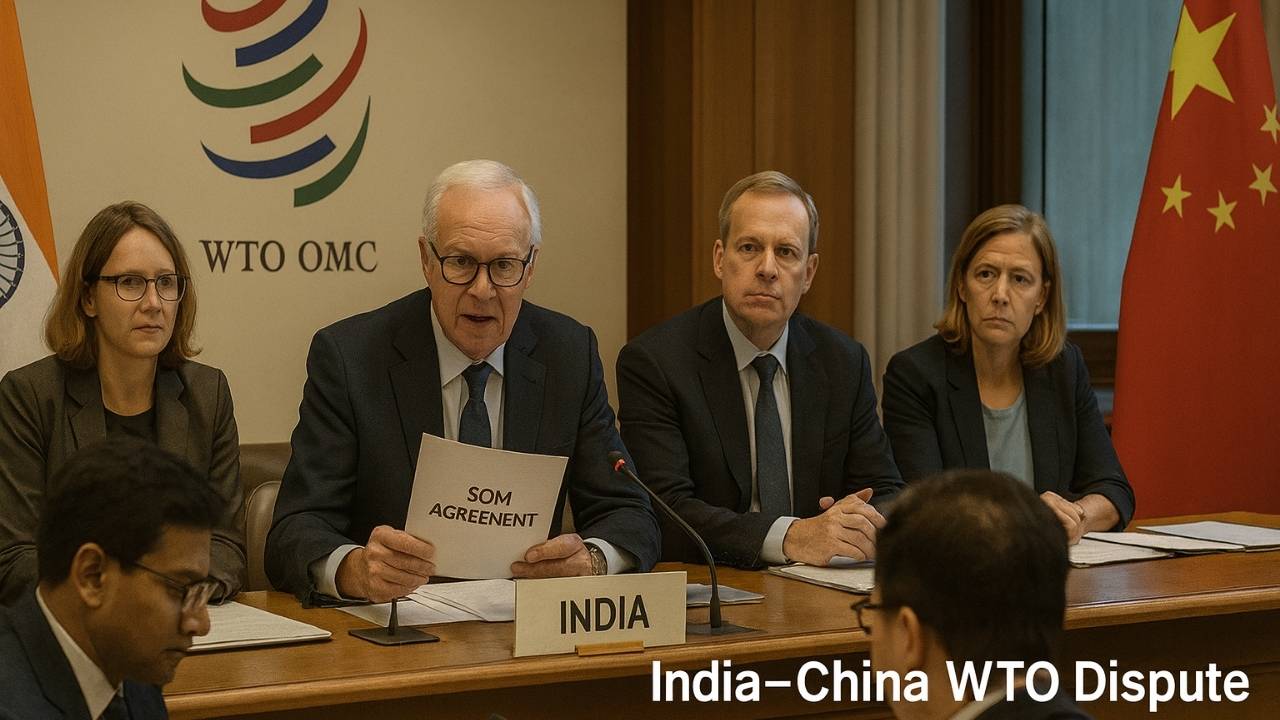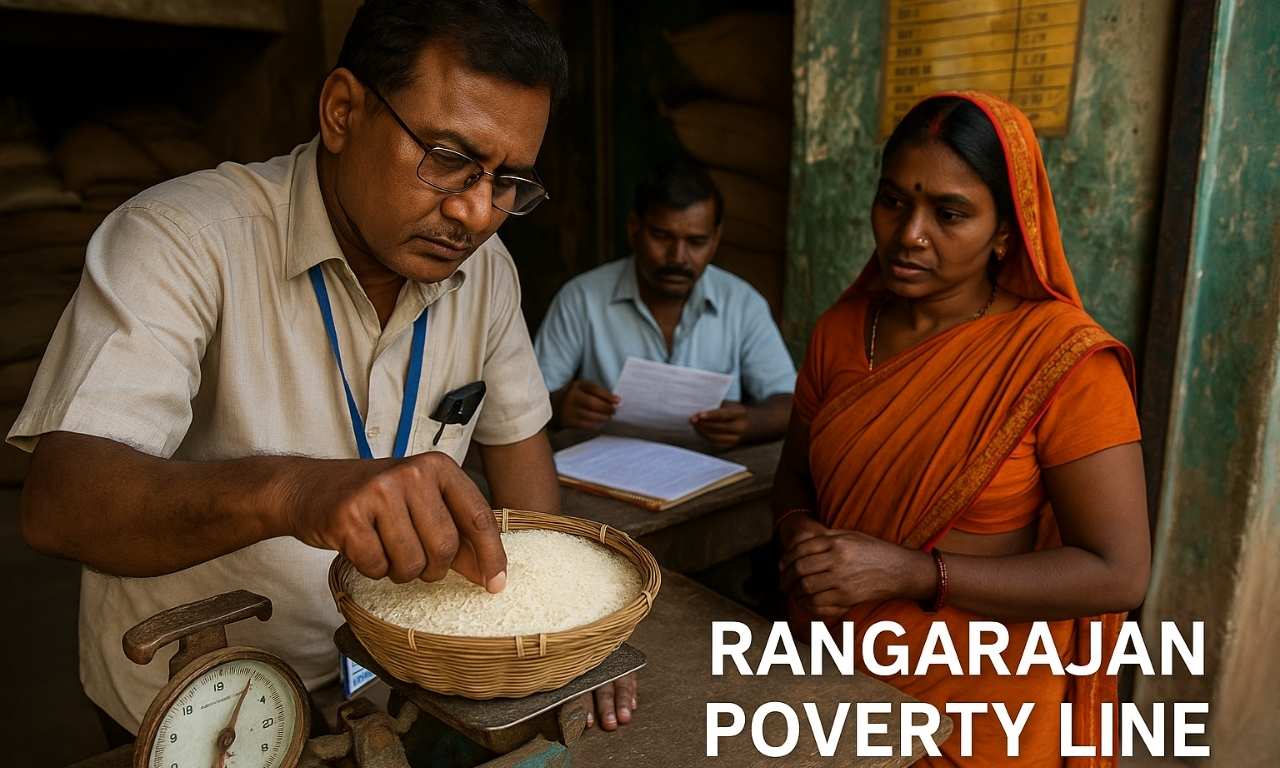China has filed a case at the World Trade Organization (WTO) accusing India of offering trade-distorting subsidies under its Production-Linked Incentive (PLI) programme. China claims these incentives violate WTO subsidy rules by favouring domestic products over imports.
What is PLI Scheme?
- Launched in 2020 to promote manufacturing in India and strengthen supply chains.
- Offers financial incentives linked to incremental production/sales.
- Aims to:
- Build global-scale manufacturing hubs in India
- Promote domestic value-addition & technology development
- Integrate MSMEs through supply-chain linkages

PLI Schemes Challenged by China
China has objected to three specific PLIs:
PLI Scheme | Focus Area | DVA Requirement |
Advanced Chemistry Cell (ACC) | Battery manufacturing | ~25% |
Automobile & Components | Advanced automotive products | ~50% |
Electric Vehicles | EV manufacturing ecosystem | Linked to local production |
China alleges these PLIs encourage firms to source inputs domestically instead of importing.
China’s Complaint
- Claims India is giving Domestic Value Addition (DVA)-linked subsidies
- China argues these discriminate against imported goods, especially Chinese inputs
- Says India’s PLI support = Import Substitution subsidy, banned under WTO rules
Way Forward
- Strengthen legal defence citing global precedent (US, EU industrial subsidies)
- Highlight PLI’s tech development & scale-building goals
- Ensure subsidy design remains WTO-compliant
- Build alternate supply chains & reduce import dependence
Trade-Distorting Subsidies (WTO)
- Government financial support (money, tax rebate, incentives) that gives unfair advantage to domestic producers.
- Alters normal market competition by making local goods cheaper or more competitive than foreign imports.
- Encourages import substitution — i.e., firms are rewarded for using domestic materials instead of imported ones.
- Affects other countries’ trade interests, leading to loss of market access or reduced exports for foreign competitors.
- Covered under WTO SCM Agreement — such subsidies can be challenged at WTO and may require withdrawal or counter-measures.
Conclusion:
The China-India WTO clash reflects growing competition in technology-intensive sectors like EVs and batteries. India must protect its industrial strategy while staying aligned with global trade rules to support long-term manufacturing growth.
This topic is available in detail on our main website.





